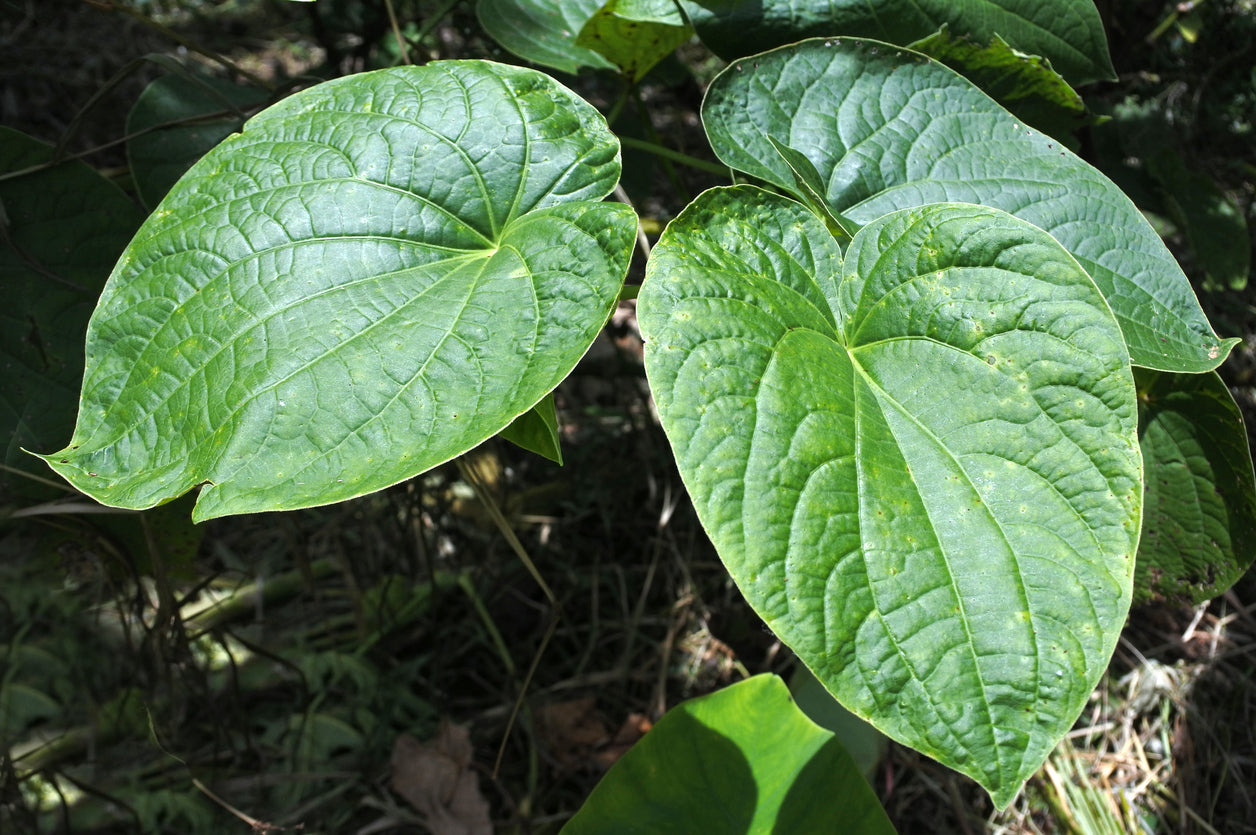
Why do some people use kava and not feel a thing, while others drink it once and experience all its benefits? How do two people drink the same amount of beer but only one of them gets drunk? Or, some people can take two aspirin for pain while others need to take six. This mystery has a lot to do with tolerance and reverse tolerance.
Understanding these will help you understand why effects differ among people, no matter what the substance.
The amount of substances we take depends on how much of the substance we need to achieve desired results. Each person is different. How soon the substances work in your body will be different than others. It will be based on your body chemistry, your metabolism and many other physical factors.
What is Tolerance?
A technical definition of tolerance is given by the National Institute on Drug Abuse. Tolerance is most often associated with substance abuse, alcohol and drugs.
They report tolerance is when your body is no longer responding to a drug or substance you are taking. It can also mean that to achieve a desired effect, you need more and more of the substance to do so.
It is almost like your body has built up an immunity to the product. To feel the effects of the product, you must increase the amount you use.
Tolerance is rarely associated with kava. Most users of kava agree they do not need to drink more kava over time to feel relaxed. The same amount of kava offers them a clam feeling and eases their tensions each time they use it.
There are three broad types of tolerance:
- Acute tolerance is temporary and happens because a person is exposed to a high amount of a substance in a short amount of time.
- Chronic tolerance happens because a person is exposed to a substance over a lengthy period.
- Learned tolerance means people under the influence can function and complete tasks successfully when necessary and then go right back to being intoxicated.
There are specific types of clinical tolerances within the field of psychology.
Clinical Types of Tolerance
Clinical tolerances refer mostly to how a person reacts to chemical substances. In this reference, substances can be anything from alcohol to opioids.
Behavioral tolerance is quite fascinating. A person using chemical substances, when high, can immediately appear not high under certain stressful situations. A good example of this involves teens who smoke marijuana.
They smoke the drug and do all the things associated with being high. They laugh for no reason; their speech is changed and they are relatively unmotivated. However, when they encounter their parents, they immediately “straighten up” and can appear sober until the threat of being caught is gone.
Dispositional tolerance is when the body metabolizes a substance too quickly. When this happens, you will need more and more of the substance just to keep up with the metabolic process of your body.
Pharmacodynamic tolerance is when the brain goes on defense. The brain uses whatever it can, from nerve cells to receptor sites, to desensitize itself to the substance being ingested.
Selective tolerance is like what people call selective listening. Meaning, you hear what you want to hear and block out the rest. With selective tolerance, the brain selects which parts of the body will be effected by a substance and which will not.
However, one of the most interesting types of tolerance is reverse tolerance, or sometimes called inverse tolerance.
What is Reverse Tolerance?
Reverse tolerance, when discussed in terms of drug or alcohol use, can mean you need less of the substance to feel the effects. For example, it may normally take you a case of beer to get drunk. If you start to notice over time that it is taking you only half a case, or maybe a six pack to get drunk, you are experiencing reverse tolerance.
With alcohol and drug related substances, reverse tolerance means you need less of something to feel the same effects.
This is totally different than with kava, however.
Reverse Tolerance and Kava
Reverse tolerance with kava can mean a person drinking kava may not feel its effects at all when first using it.
You could even go weeks without feeling any effects of kava. Then one day, you drink your kava, and notice a difference, a good difference.
Why Does It Happen With Kava?

Reports say a body needs to build up kavalactones before it can receive the full potential of kava. Kavalactones are the chemical compounds that give kava its effects.
Kavalactones are directly linked to how a person feels after drinking kava, usually very calm and relaxed. There are numerous kavalactones and they combine to give you diverse levels of feeling good.
The compound combinations in kava can vary from sedated to taking the edge off your tensions.
Because of this, many first time users feel reverse tolerance when they try kava and do not feel the desired effects.
How Long Does Reverse Tolerance Last?
Reverse tolerance lengths will vary from person to person, just as kava’s effects will vary. It is based on how much kava you drink each day. It will also depend on your body metabolism, brain chemistry and much more.
The good news is that there is no risk of overdosing on kava. Therefore, you can increase your dose a little at a time during the first few weeks of using kava. Eventually you will start to feel the effects.
Kava drinking has long been associated with trial and error for first time users. There is no “one dose fits all” with kava. You will have to experiment to find the right amount for your body.
Is It Dangerous?
With kava, the answer is no, it is not dangerous. This is because noble kava does not create problems for other parts of the body. There isn't a way to be addicted to kava. It is actually helping your body get used to kava over time rather than making you feel all the effects at once.
With alcohol and other chemical substances, yes, it can be dangerous. The reason is because your liver is no longer processing the substances properly. Meaning, there may be a backup of the alcohol or drug in your system.
So, when you ingest your substance of choice, reverse tolerance kicks in. Even just a small amount of the substance reacts with the backup from your liver and gets you drunk or high many times faster than anticipated.
The use or over-use of any man-made substance can be dangerous. Millions of people die from alcohol and drug abuse each year.
Plants such as piper methysticum, in which the roots are used to create kava, have never been found to be dangerous. For centuries, there are no determined deaths due to kava.
You can see why the use of kava is recommended over alcohol and other chemical substances. Even if you must deal with reverse tolerance in the beginning, the effort is worth the wait.
